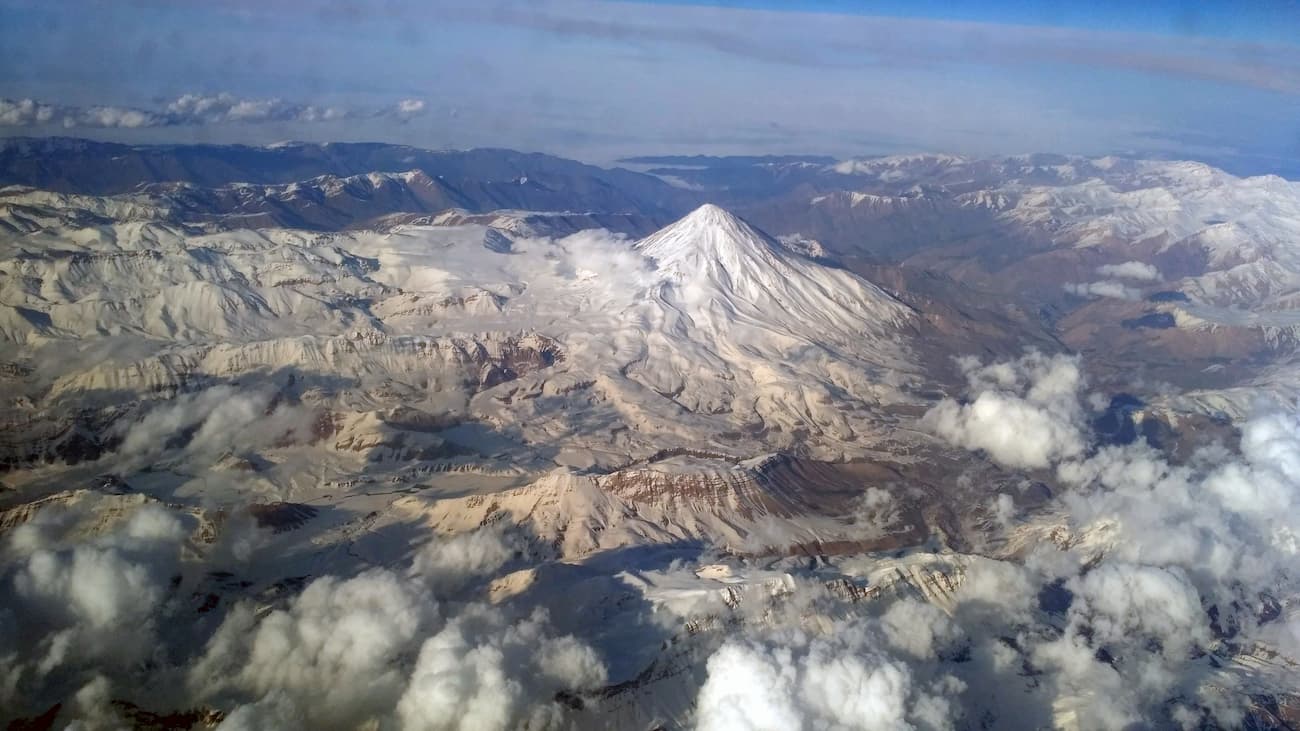Why are Pamir Mountains So Prominent?
Pamir Mountains So Prominent
The Pamir Mountains, often referred to as the “Roof of the World,” are a spectacular range situated at the crossroads of Central Asia. These towering peaks have captured the imagination of adventurers, scientists, and nature enthusiasts for centuries. But what makes the Pamir Mountains so prominent in the world of geography, geology, and culture? In this blog post, we will embark on a journey to unravel the secrets behind the prominence of the Pamir Mountains.
Geographical Significance:
The Pamir Mountains, also known as the “Pamirs,” are often associated with their impressive geographical features. Here’s why they hold such prominence:
Elevated Roof of the World:
The Pamirs boast some of the highest peaks in the world, including Ismoil Somoni Peak (formerly known as Communism Peak) and Peak Korzhenevskaya. These towering summits contribute to the Pamirs’ reputation as the “Roof of the World.”
Meeting of Great Mountain Ranges:
The Pamir Mountains act as a geological crossroads, connecting the Karakoram Range, the Hindu Kush Mountains, the Tien Shan Mountains, and the Himalayas. This convergence of major mountain ranges makes them an essential component of the Asian continent’s physical geography.
Hydrological Hub:
The Pamirs serve as the source of several major rivers, including the Amu Darya, the Panj, and the Vakhsh. These rivers play a vital role in providing water resources to Central Asia and beyond.
Geological Origins:
Understanding the geological history of the Pamir Mountains is crucial to appreciating their prominence:
Tectonic Plate Collisions:
The Pamirs are a result of the collision between the Indian Plate and the Eurasian Plate. This ongoing tectonic activity has caused the land to uplift and create the stunning mountain ranges we see today.
Complex Tectonic Processes:
The Pamir Mountains are known for their complex geological processes, including thrust faulting, folding, and seismic activity. These processes have not only shaped the landscape but continue to influence it.
Glacial Legacy:
The Pamirs bear the marks of ancient glaciers, with numerous glacial valleys and moraines dotting the region. These glacial remnants add to the area’s geological significance.
Cultural and Historical Importance:
Beyond their geological and geographical prominence, the Pamir Mountains hold cultural and historical significance:
Silk Road Connection:
The Pamirs were a crucial part of the historic Silk Road, facilitating trade and cultural exchange between East and West. This cultural legacy is still visible in the region’s diverse ethnic communities.
Indigenous Communities:
The Pamirs are home to various indigenous communities, including the Pamiri people, who have adapted to the challenging mountain environment for generations. Their unique cultures and traditions enrich the region’s cultural tapestry.
Mountaineering and Exploration:
The Pamirs have attracted adventurers and explorers for centuries. Mountaineers from around the world seek to conquer its peaks, contributing to the region’s prominence in the world of mountaineering.
Environmental Significance:
The Pamirs play a vital role in the global environment:
Biodiversity Hotspot:
Despite the harsh climate, the Pamirs are home to diverse flora and fauna. Many species, including the snow leopard and Marco Polo sheep, find refuge in these mountains.
Climate Regulation:
The glaciers of the Pamirs store vast quantities of freshwater, releasing it gradually into downstream regions. This hydrological function is essential for local ecosystems and provides freshwater resources to arid areas.
Conclusion:
The Pamir Mountains’ prominence can be attributed to their remarkable geographical, geological, cultural, historical, and environmental significance. As a geological marvel, a cultural crossroads, and an environmental treasure, the Pamirs continue to captivate the world’s attention. Exploring their secrets and understanding their role in the broader context of our planet is an adventure worth embarking on, whether in the realm of science, culture, or exploration.





